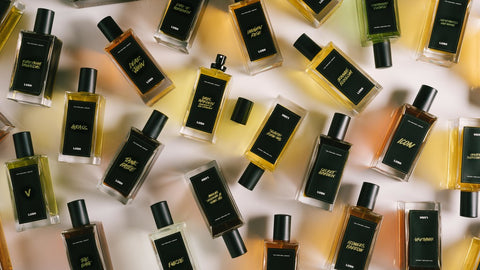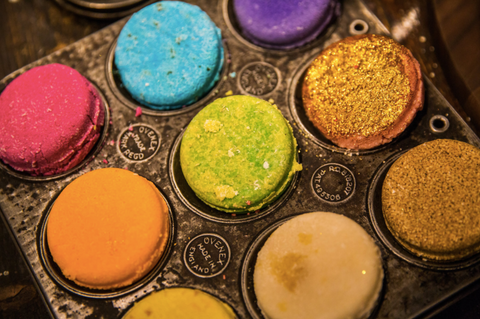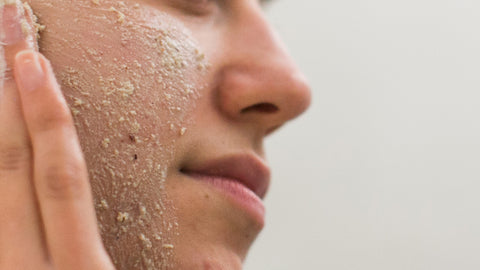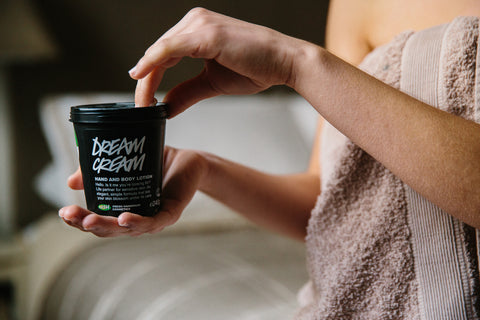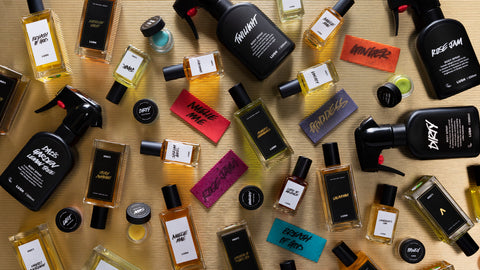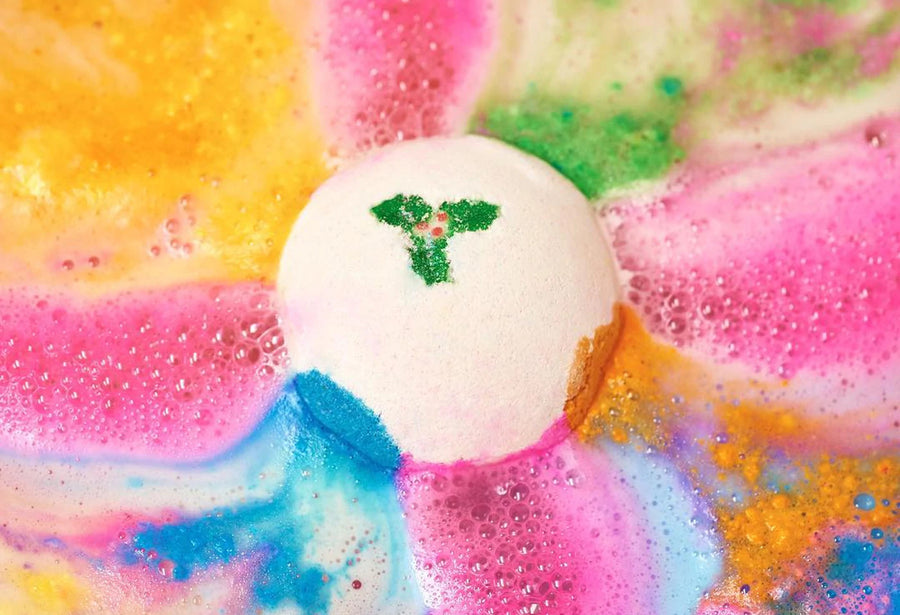Subtotal: 0.00 PHP
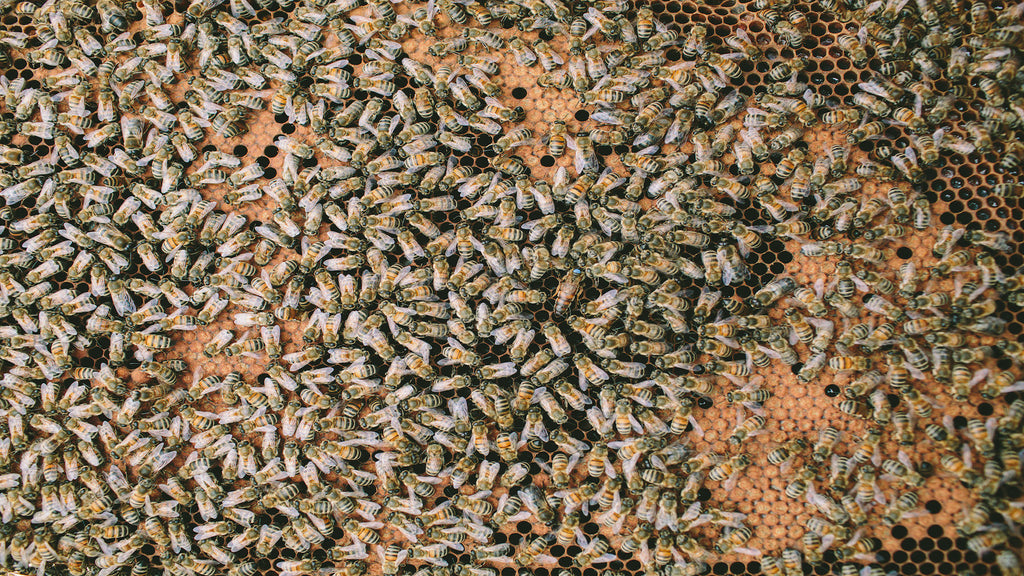
How does your garden grow: gardening for bees and butterflies
What do coffee, avocados and bananas have in common? Nope, it’s not another smoothie recipe - these are just three of the many foods we’d no longer have the luxury of if we lost our pollinators. Bee and butterfly numbers are in decline, and climate change, loss of habitat and pesticides are just a few reasons why.
Bees and butterflies are important. More than 90% of our food crops worldwide are visited by bees, while an area that is rich in butterflies and moths is a good sign of a healthy ecosystem and usually indicates a wide range of invertebrates. While it’s clear that these pollinators are a key link in both our food chains and ecosystems, they’ve been hit pretty badly in recent years.
Whether it’s a decline in the plants they rely on, or more extreme weather - things are currently pretty tricky for these hard working insects. The Big Butterfly Count recorded the lowest numbers of common butterflies in 2016 since records began, and 1 in 10 of Europe’s wild bees are facing extinction. But this isn’t a hopeless story.
We spoke with Dr. Ana Attlee, conservation scientist and co founder of the community interest company Seedball, to find out how to create a garden that benefits bees and butterflies. While the above numbers are shocking, Ana is keen to explain that it is possible for insects to bounce back: “Insects actually breed really fast, so as long as we give them a helping hand we can return all the populations almost as quickly as they disappeared.”
Creating a garden for pollinators needn’t take a lot of time or money. Ana believes it starts with a desire to help. She says: “If you want to support pollinators, the best place to start is growing wild or pollen-rich flowers wherever you live. This could be a balcony, window box or hanging basket, it doesn’t have to be a garden.”
Britain has lost a worrying 97% of its wildflower meadows since the Second World War, while intense farming and the use of herbicides and pesticides is making things incredibly challenging for British wildlife. Something Chris Packham is keen to highlight with his recent Bioblitz campaign. A deterioration in the health of our countrysides shows it’s crucial that we take action in our own gardens.
So where to start? When choosing plants for your space, look for the ‘RHS Plants for Pollinators’ symbol. This will help to ensure you’ve picked plants that will help to support pollinators. Ana explains: “If you’re not looking for this or you’re not planting wildflowers then you may be planting flowers that have been bred to have no pollen. You might look out of your window and think your garden is full of flowers, but you won’t have any bees or butterflies because they’re not rich in pollen or nectar.”
Pesticides pose another risk to wildlife. If you’re looking to stop slugs, snails and other bugs munching on your flower bed then look for natural alternatives. Before reaching for slug and snail pellets, which can be a potentially harmful to other wildlife, try sprinkling chilli powder over your garden. The powder provides a spicy (and natural) alternative that garden pests will usually avoid, leaving your garden and the creatures that live in it happy and healthy.
While the threat to bees and butterflies might seem big, a few small actions can create significant change. Ana says: “Just a few tweaks in our gardens could really save bees, butterflies and the other wildlife that depends on them.”
In most cases, leaving things to grow a bit wild will help wildlife to flourish. If you needed an excuse to sack off mowing the lawn, here it is! Not keen on letting your garden grow wild? Why not section off an area of flowerbed for critters and insects insead? Whether it’s a bug hotel, or a bee pond, there’s a whole host of ways to make your outside space more inviting for those friendly bees and butterflies.
Still not sure where to start? Head over to Seedball.co.uk for more tips and tricks, help out with a butterfly count, or get involved with your local community gardening project.
